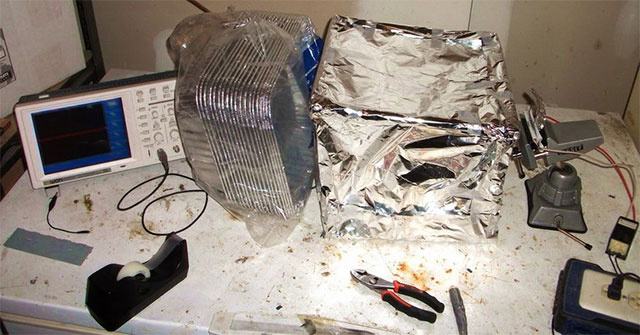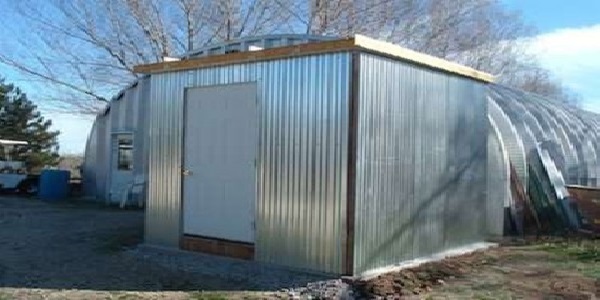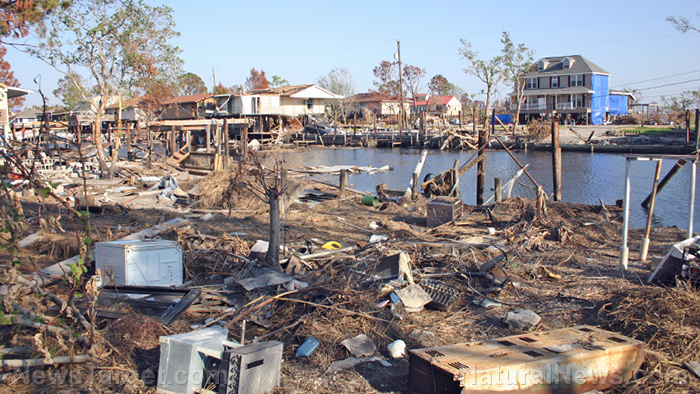More melted fuel found at Fukushima 7 years later: Underwater robot captures images that prove at least some of the fuel breached the core
02/16/2018 / By David Williams

It has been seven years since the worst industrial disaster in all of human history happened in Fukushima, yet its devastating effects are still being felt to this day. As a matter of fact, experts have just discovered that more melted fuel can be found at the site, and that it may take a long time to even come up with a solution to clean it up and prevent future generations from being harmed.
This is according to new reports that talk about a recent attempt of the Tokyo Electric Power Company (TEPCO) to conduct new research on one of the plant’s vessels. Although a proper cleanup effort seems impossible at the moment, the researchers hope that their findings offer crucial information that can help in its execution.
According to TEPCO, it has successfully managed to capture images of the fuel that can be found inside the primary containment vessel of the plant’s Unit 2. The captured images clearly show that some portion of the fuel has managed to breach the core of the vessel, and has ended up falling to the floor.
It’s a bit fortunate that the primary containment vessel is still stable after all this time, said the researchers, who also noted that there haven’t been any changes in the radiation levels at the site boundaries of the Fukushima Daiichi nuclear power plant.
In at least one previous effort, TEPCO has managed to find melted fuel inside a separate Unit 3 — back in July 2017. Back then, the company said that the robot they used was able to find “large amounts of lava-like debris” that reportedly contained fuel from the core that managed to flow out into the primary containment vessel. Now, their latest findings in Unit 2 gives them even more information than before.
According to Naohiro Masuda, the Chief Decommissioning Officer at TEPCO, their new research deals in potentially useful methods for future cleanup operations. “This next effort at Unit 2 illustrates our commitment to developing technologies that will enable decommissioning at Fukushima Daiichi and also become useful elsewhere,” he said. “Even with the new approach this will be a challenging mission, but we will persevere because obtaining this information is important to developing the ability to eventually remove the fuel debris.”
The team of researchers in charge of the latest effort used a new and improved version of the marine robot used in last year’s mission to gather images and information. Dubbed “little sunfish,” the robot was about the size of a single loaf of bread. It comes with built-in lights, cameras, and a dosimeter to record levels of radiation. It can move by using tail propellers.
For the improved version, the researchers included a lengthened and strengthened guide pipe, which aids in positioning the camera and making sure that it can extend further into the pedestal area. They also included smaller lights and electronic measurement equipment, added a skirt to reduce the potential for snagging objects, and integrated anti-fogging technology to the camera to capture clearer images.
While they managed to obtain useful images and new information about the status of the reactor cores and containment vessels, it’s a bit disappointing to know that TEPCO barely knows where to begin with the cleanup after nearly a decade of it being a problem. Takahiro Kimoto, a TEPCO spokesman, said that a lot of work still needs to be done to determine the next course of action. “It’s still just the beginning of the (decades-long) decommissioning,” he said, adding, “There is still a long way to go, including developing the necessary.”
Maybe they should have thought of all of that earlier — before deciding to go ahead with plans to create a nuclear power facility that could potentially be the source of problems for humans for thousands of years to come.
Read more about nuclear power in Nuclear.news.
Sources include:
Tagged Under: Cover-Up, disaster, Fukushima, Fukushima Daiichi, Japan, nuclear, nuclear fallout, nuclear meltdown, nuclear power, radiation, TEPCO



















